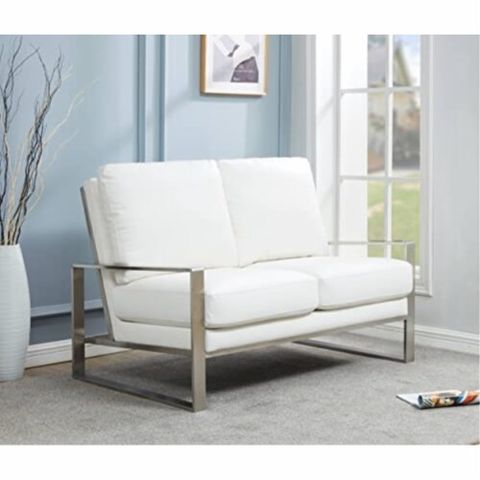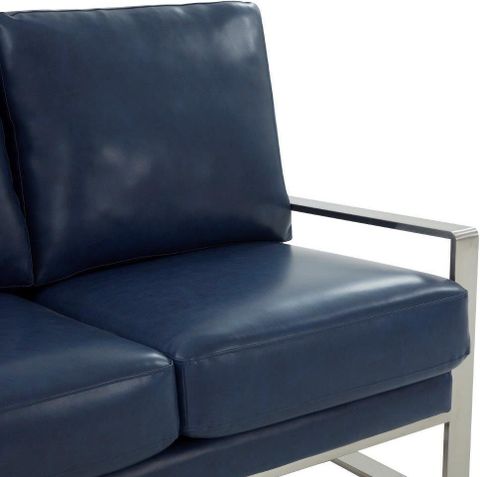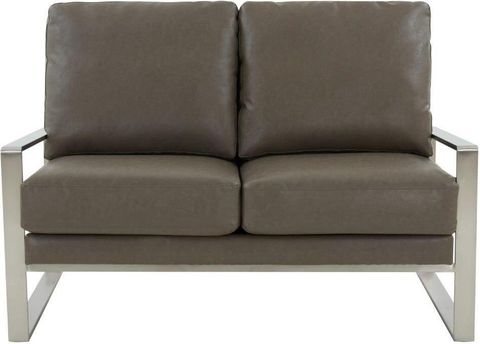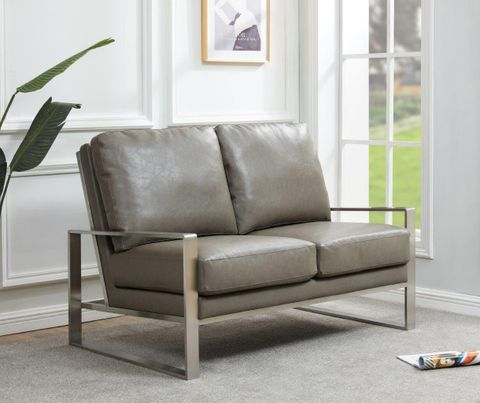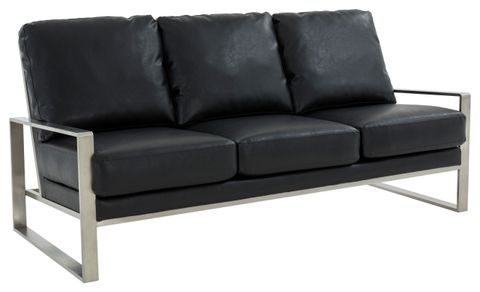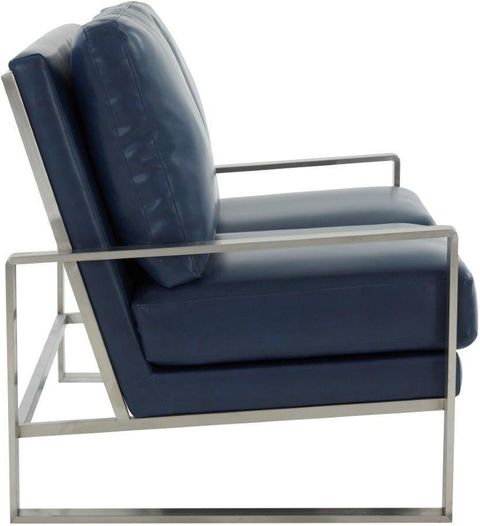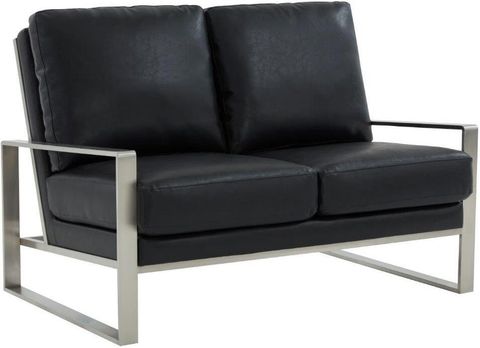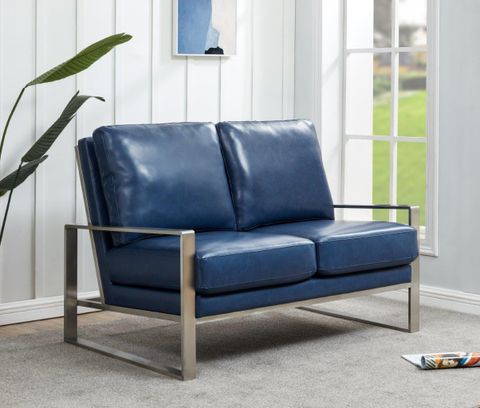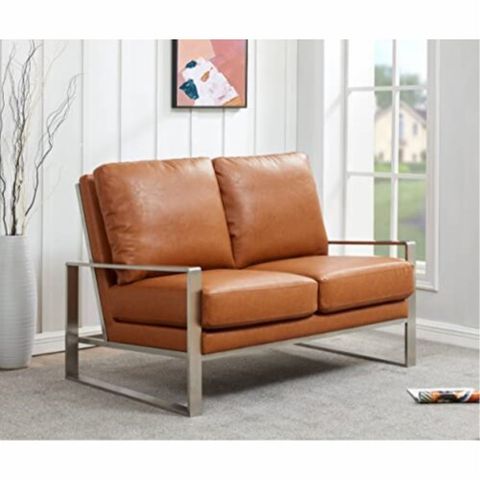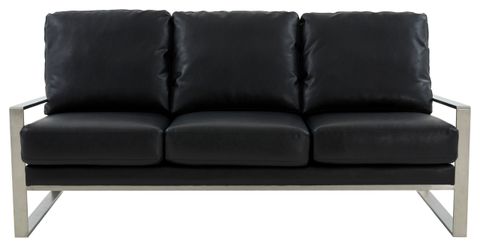In the world of home furnishings, one material has quietly taken center stage: faux leather. It’s not just a trend – it’s a revolution in how we think about comfort, style, and practicality in our living spaces. From sleek sofas to elegant dining chairs, this synthetic wonder has found its way into countless homes across the country.
Picture this: You walk into someone’s living room and notice something different about the furniture. It looks luxurious, feels soft to the touch, and yet there’s something distinctly modern about its appearance. You might be looking at faux leather furniture. This material, which mimics the look and feel of genuine leather, has become increasingly popular in recent years. What’s behind this shift? Why are more and more people choosing synthetic leather over traditional options? Let’s dive into the fascinating world of faux leather furniture and discover what makes it so appealing to today’s homeowners.
The Evolution of Furniture Materials
Furniture materials have come a long way since the early days of home construction. In the past, leather was often the premium choice for upholstery, but it came with significant drawbacks. Real leather requires careful maintenance, can be expensive, and isn’t always available in the wide range of colors and textures that modern consumers desire.
Today’s faux leather represents a major leap forward. It’s designed to replicate the appearance and tactile qualities of real leather while offering advantages that were simply impossible with natural materials. The technology behind synthetic leather has improved dramatically, making it nearly indistinguishable from the real thing.
Consider how much easier it is to care for a faux leather sofa compared to a genuine leather one. No special conditioners, no worry about cracking in dry weather, and certainly no need to worry about pet claws or spills. These practical benefits have made faux leather a go-to choice for families, professionals, and anyone who wants beautiful furniture that actually works in their daily lives.
Cost Considerations and Value Proposition
One of the most compelling reasons people choose faux leather furniture is the price difference. Real leather can cost several hundred dollars per square foot, while synthetic alternatives typically cost a fraction of that price. This makes luxury-looking furniture accessible to a broader range of budgets.
But the value extends beyond just the initial purchase. Think about the long-term costs associated with maintaining real leather. Professional cleaning, conditioning, and repairs can add up quickly over time. Faux leather, on the other hand, requires minimal maintenance – usually just wiping down with mild soap and water.
Let’s put this into perspective. A high-quality faux leather sectional might cost $800, while a comparable real leather piece could easily set you back $2,500 or more. That’s a significant savings that allows people to update their entire living room without breaking their bank account.
Many homeowners find that the investment in faux leather pays off not just financially, but also in terms of peace of mind. They get the look they want without the ongoing expenses that come with natural materials.
Environmental and Ethical Considerations
Modern consumers are increasingly concerned about the environmental impact of their purchases, and faux leather offers some distinct advantages in this area. Unlike real leather, which requires animal products and involves complex tanning processes that can be harmful to the environment, synthetic leather can be manufactured with fewer ecological concerns.
The production process for faux leather has evolved to become more sustainable over time. Many manufacturers now use recycled materials and eco-friendly dyes. Some even incorporate plant-based components that reduce the overall carbon footprint.
It’s worth noting that this isn’t a simple comparison. Real leather is a byproduct of the meat industry, which means it’s already being used rather than creating waste. However, the synthetic alternative provides a consistent supply without the ethical concerns surrounding animal welfare.
For those who are particularly focused on sustainability, there are also biodegradable and vegan options available. These choices allow people to enjoy the aesthetic appeal of leather without compromising their values regarding animal rights or environmental protection.
Versatility in Design and Color Options
One of the standout features of modern faux leather is its incredible versatility in design. Manufacturers have mastered the art of creating synthetic materials that can mimic almost any texture, color, or finish imaginable. Want a deep burgundy that looks like fine Italian leather? Done. Need a bright white that won’t show stains? Absolutely possible.
This flexibility extends to patterns as well. You can find faux leather in everything from classic plain designs to bold geometric patterns, floral prints, and even metallic finishes. The ability to produce consistent colors and patterns means that furniture pieces can match perfectly with other elements in a room.
Consider how many people struggle to find matching furniture when they want to update their space. With faux leather, the possibilities are endless. You can have a stunning navy blue sofa that coordinates perfectly with your navy curtains and accent pillows, all without having to search for the exact same fabric from a different manufacturer.
The technology behind faux leather also allows for unique textures that aren’t possible with natural materials. You might find a surface that looks like genuine leather but has a subtle grain pattern or a slightly different feel that adds visual interest to a room.
Durability and Maintenance Benefits
When it comes to longevity, faux leather has proven itself to be quite resilient. Modern synthetic materials are engineered to resist fading, tearing, and wear better than many people expect. They handle daily use remarkably well, especially in households with children or pets.
The maintenance requirements are refreshingly simple. Most faux leather pieces can be cleaned with just a damp cloth and mild soap. No need for special cleaners or professional services. This ease of care means that homeowners can keep their furniture looking new for years without spending hours on upkeep.
Think about how much time and money you save when you don’t have to worry about leather conditioner, professional cleaning, or protecting against sun damage. Faux leather handles UV exposure much better than real leather, so your furniture won’t fade or crack in sunny areas of your home.
For busy families, this durability factor is crucial. Children running around, pets jumping on furniture, and everyday wear and tear are all handled gracefully by quality faux leather. The material can withstand these challenges while maintaining its appearance and comfort.
Accessibility and Practical Applications
The practical benefits of faux leather extend far beyond aesthetics. For people with allergies, this material often provides a better option than real leather. Natural leather can sometimes trigger allergic reactions or respiratory issues, particularly in sensitive individuals. Faux leather, being synthetic, tends to be hypoallergenic and easier to clean thoroughly.
The accessibility factor also includes practical considerations like mobility. Lightweight faux leather furniture is easier to move around when rearranging your space. Many pieces are designed to be repositioned without requiring heavy lifting or special equipment.
In commercial settings, faux leather has gained popularity because of its durability and low maintenance needs. Hotels, restaurants, and office spaces all benefit from furniture that can handle high traffic without deteriorating quickly.
The adaptability to different environments is another plus. Whether you live in a humid climate or a dry one, faux leather maintains its integrity. Real leather often struggles with extreme temperature changes, but synthetic alternatives are built to handle various conditions.
For those who love to entertain, the practicality of faux leather is a game-changer. Spills happen, and they’re inevitable when hosting guests. With faux leather, you can confidently serve drinks and food without worrying about staining expensive furniture.
The rise of faux leather furniture in today’s homes reflects a broader shift toward practical elegance. It’s not just about looking good – it’s about making smart choices that work with how people actually live. Whether you’re budget-conscious, environmentally aware, or simply want furniture that’s easy to maintain, faux leather offers compelling advantages.
This material has successfully bridged the gap between luxury and functionality. It brings the sophisticated look of leather to more people, in more situations, and at more price points than ever before. As manufacturing techniques continue to improve, we can expect even more realistic and durable options in the future.
The appeal of faux leather isn’t just about replacing real leather – it’s about creating new possibilities for home decoration. It gives homeowners the freedom to express their personal style without the constraints of traditional materials. So next time you’re shopping for furniture, consider the many benefits that faux leather can offer. It might just be the perfect choice for your home, combining beauty, practicality, and value in ways that traditional options simply cannot match.

